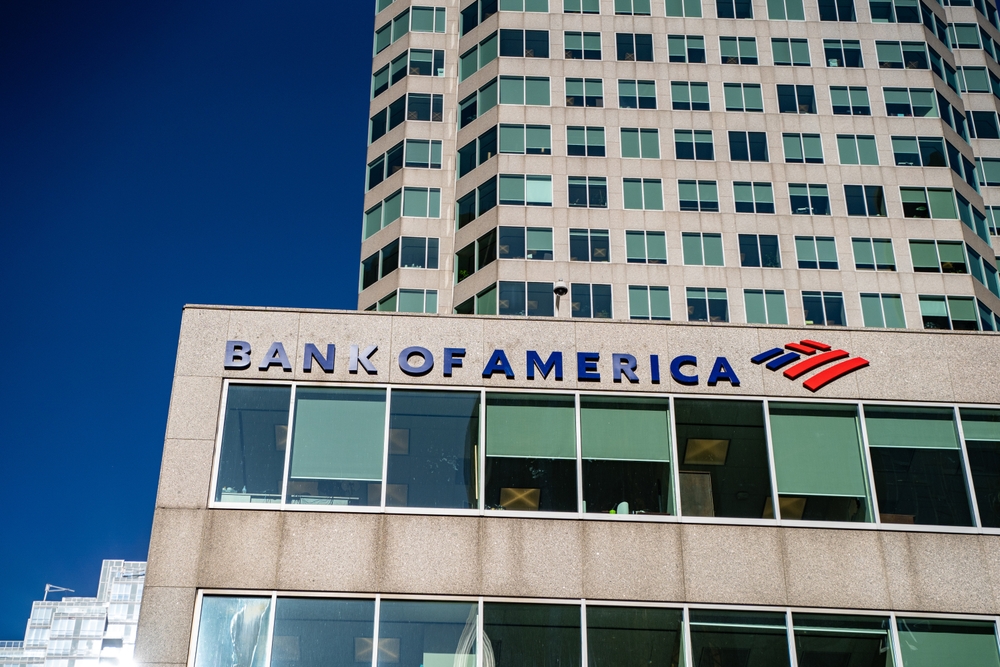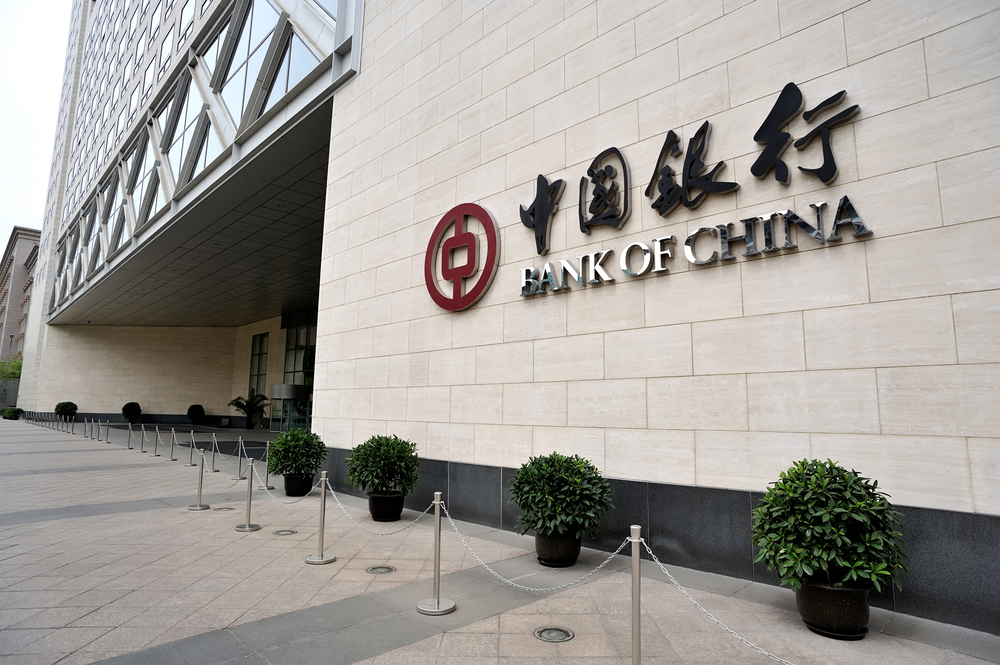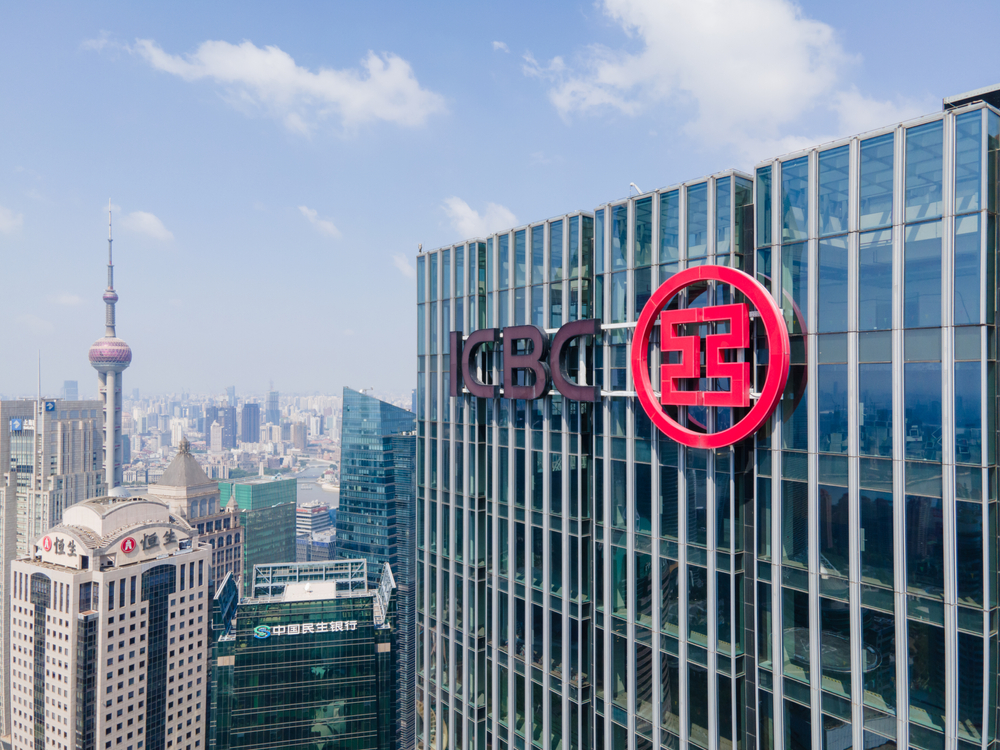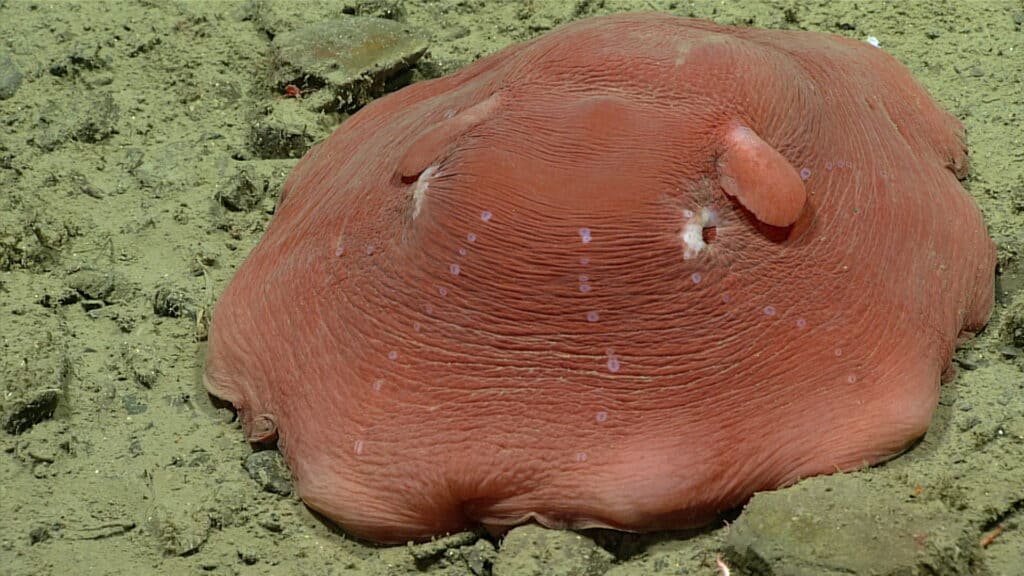The largest banks in the world play a crucial role in the global economy, managing trillions of dollars in assets and offering a wide range of financial services. These banks, ranked by their total assets, represent financial powerhouses from different regions, driving economic growth and innovation. Many of them have a strong global presence, while others are deeply rooted in their home countries. From facilitating international trade to financing infrastructure projects, they help shape the future of global finance. Here’s a look at some of the biggest banks in the world by assets.
China Development Bank

China Development Bank (CDB) holds assets of approximately $2.6 trillion as of 2023, making it the tenth-largest bank in the world by assets. Established in 1994 and headquartered in Beijing, CDB primarily focuses on funding large-scale infrastructure projects both domestically and abroad. It plays a pivotal role in China’s Belt and Road Initiative, financing key construction, energy, and transportation projects across Asia, Africa, and Europe. It has a workforce of more than 10,000 employees, with operations in multiple countries, though its focus remains largely on China’s domestic development. In recent years, it has made significant contributions to green energy initiatives, financing projects aimed at reducing carbon emissions. Its strategic partnerships with global institutions have further solidified its international influence. Its role in promoting China’s economic growth and global expansion continues to be central to its operations.
Mitsubishi UFJ Financial Group (MUFG)

Japan’s largest bank, Mitsubishi UFJ Financial Group (MUFG), has assets of around $2.8 trillion, placing it as the ninth-largest bank globally. Headquartered in Tokyo and formed in 2005 through the merger of Mitsubishi Tokyo Financial Group and UFJ Holdings, MUFG offers a wide range of financial services, including retail and corporate banking, asset management, and investment services. It employs over 150,000 people and operates in more than 40 countries, with a strong presence in Asia, as well as expanding operations in the U.S. and Europe. It has been focusing on sustainability initiatives, investing in green bonds and renewable energy projects. It has also embraced digital transformation, advancing its mobile banking and fintech services. Through strategic acquisitions and partnerships, it is expanding its global footprint while maintaining its leadership in Japan’s financial sector.
BNP Paribas

BNP Paribas, headquartered in Paris, holds assets of approximately $2.8 trillion as of 2023, making it the eighth-largest bank globally. Created in 2000 through the merger of Banque Nationale de Paris and Paribas, it is the largest bank in France and a key player in European finance. BNP Paribas operates in over 70 countries, employing around 190,000 people. It is known for its diverse range of services, including retail banking, asset management, and corporate banking, with a growing presence in North America and Asia. It has recently focused on sustainability, committing to reducing its exposure to fossil fuels and expanding its investments in green energy. It has also invested heavily in digital technologies to improve customer experiences, particularly in mobile and online banking. It continues to innovate while maintaining its strong position in the European financial landscape.
HSBC Holdings

HSBC Holdings, based in London, is the seventh-largest bank in the world with assets totaling about $2.97 trillion in 2023. Established in 1865, it has long been a leader in global finance, particularly in facilitating trade between Europe and Asia. It operates in over 60 countries and serves more than 40 million customers worldwide, offering retail banking, wealth management, and investment banking services. With a workforce of approximately 220,000 employees, it is a major employer in the financial sector. It has focused heavily on digital transformation in recent years, investing in mobile and online platforms to better serve its global clientele. It is also a major player in sustainability, supporting green projects and integrating ESG practices across its operations. Its global footprint and diverse customer base make HSBC a key player in international finance.
Bank of America

Bank of America, headquartered in Charlotte, North Carolina, is the sixth-largest bank in the world by assets, with a total of around $3 trillion as of 2023. Founded in 1904, It has expanded to serve more than 66 million clients across personal, corporate, and investment banking sectors. It employs approximately 210,000 people worldwide and operates in more than 35 countries. Its strong retail presence in the United States is complemented by its growing digital platform, which has millions of mobile banking users. In addition to its banking services, it is known for its commitment to environmental sustainability, having pledged to finance over $1 trillion in sustainable energy projects by 2030. Its innovative approach to customer service and focus on digital transformation have solidified its position as a leader in the financial sector.
JPMorgan Chase

JPMorgan Chase, headquartered in New York City, is the largest bank in the U.S. and the fifth-largest in the world, with assets exceeding $3.6 trillion in 2023. Formed in 2000 through the merger of J.P. Morgan & Co. and Chase Manhattan Corporation, JPMorgan Chase offers services across investment banking, retail banking, asset management, and commercial banking. It employs over 250,000 people and operates in more than 100 countries. It is renowned for its leadership in corporate banking and has a significant presence in mergers and acquisitions globally. It has heavily invested in technology, enhancing its digital banking services and improving the customer experience. In recent years, it has also been at the forefront of financing sustainability initiatives, further solidifying its role in global financial markets.
Bank of China (BOC)

With assets totaling around $4.2 trillion in 2023, Bank of China (BOC) is the fourth-largest bank globally. Established in 1912, BOC is one of the oldest and most respected financial institutions in China, headquartered in Beijing. The bank offers a wide range of financial services, including corporate banking, personal banking, and wealth management. It operates in over 50 countries, making it one of the most internationally diversified Chinese banks. It is particularly strong in foreign exchange markets and trade finance, with a long-standing reputation in cross-border transactions. In recent years, it has been a key player in China’s Belt and Road Initiative, funding infrastructure projects across the globe. It is also expanding its role in green financing, supporting projects that align with environmental sustainability goals.
Agricultural Bank of China (ABC)

Agricultural Bank of China (ABC) is the third-largest bank in the world, with assets of approximately $4.9 trillion as of 2023. Headquartered in Beijing and founded in 1951, ABC initially focused on providing financial services to China’s rural and agricultural sectors. Today, it has grown to offer a comprehensive range of services, including retail and corporate banking, as well as asset management. It employs around 450,000 people and has operations in more than 10 countries. It is heavily involved in China’s national strategy to boost its agricultural industry and provides significant financial support to farmers and agribusinesses. It has also expanded its focus on digital banking services, particularly in rural areas. As part of its global expansion, it continues to strengthen its international presence, particularly in Asia and Africa.
China Construction Bank (CCB)

China Construction Bank (CCB), with assets of nearly $5 trillion as of 2023, is the second-largest bank in the world. Established in 1954 and headquartered in Beijing, CCB was initially focused on infrastructure financing but has since grown into a comprehensive financial institution. It offers a wide range of services, including personal and corporate loans, mortgages, and wealth management products. It employs over 350,000 people and operates in more than 30 countries. It is particularly strong in housing finance, being the leading provider of mortgages in China. In recent years, it has invested in financial technology and digital services to enhance customer experience. Additionally, it is a key player in supporting China’s infrastructure development, both domestically and through international projects.
Industrial and Commercial Bank of China (ICBC)

Industrial and Commercial Bank of China (ICBC) is the largest bank in the world, boasting approximately $6.3 trillion in assets as of 2023. Established in 1984 and headquartered in Beijing, ICBC plays a crucial role in China’s economy, offering a range of financial services, from loans to wealth management. It has a vast global presence with over 400,000 employees and branches in more than 40 countries. In recent years, it has focused on digital transformation, leveraging technology to enhance banking services. Its strategic emphasis on sustainability is also growing, as it increasingly finances green energy projects. Its dominance is bolstered by its extensive customer base, especially in the corporate and industrial sectors. Despite the global banking industry’s fluctuations, its assets continue to grow steadily, solidifying its top position.
This article originally appeared on Rarest.org.
More from Rarest.org
16 Unique Marine Creatures Found in the Deepest Oceans

The deep ocean is one of the most mysterious and unexplored places on Earth, home to a fascinating array of marine creatures that have adapted to survive in its extreme conditions. From the eerie glow of bioluminescent fish to the ancient, armor-like shells of deep-sea crabs, these creatures are as unique as they are remarkable. Read More.
15 Majestic Birds of Prey That Inhabit Rugged Mountains

Rugged mountain landscapes are home to some of the most awe-inspiring and powerful birds of prey on the planet. These majestic raptors have evolved to thrive in harsh, high-altitude environments, where their strength, agility, and keen hunting skills are put to the test. Read More.
15 Endangered Species Residing in Hidden Corners of the Earth

In the far reaches of our planet, there are species so rare and elusive that they seem almost mythical. These creatures, often residing in the most remote and hidden corners of the Earth, are also some of the most endangered. Read More.
